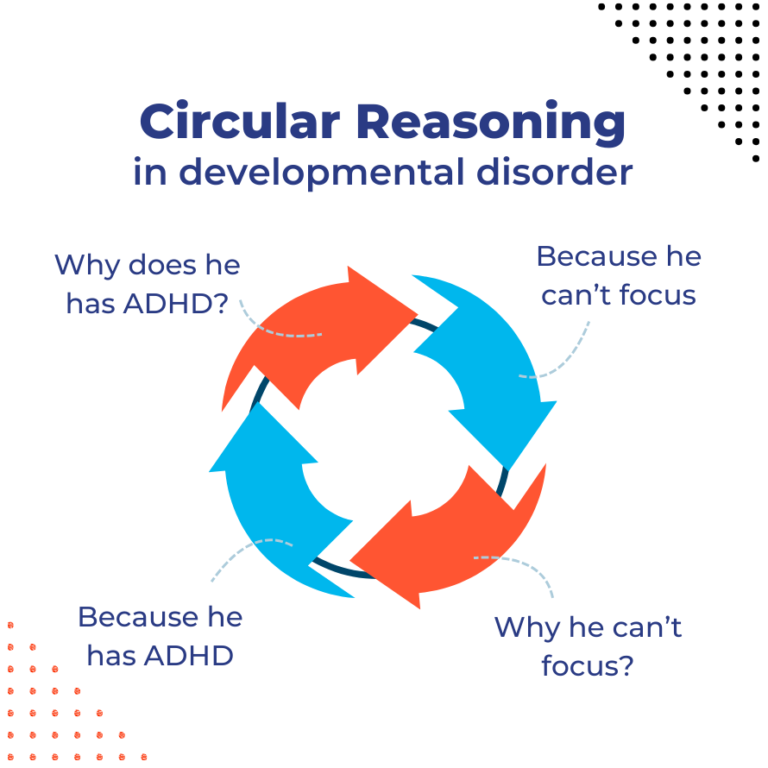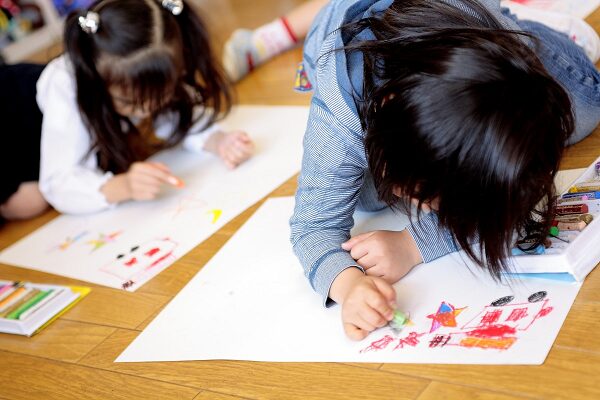Scientific evidence suggests that social interaction is crucial for children’s speech development. It is a matter of speculation which specific features of social interaction are necessary for speech development, however it is already possible to draw from research general guidance to inform the intervention with nonverbal children, within or outside the autistic spectrum.
Growing evidence for the role of social interaction in children’s speech development
A line of research lead by Dr. Patricia Kuhl, Professor of Speech and Hearing Sciences and co-director of the Institute for Learning & Brain Sciences at the University of Washington, provides particularly strong evidence that early speech development critically depends on social interaction.
In 2003, in their first, ground-breaking, research on the subject, Kuhl and her colleagues compared phonetic discrimination, a measure of speech development, in infants exposed to social interaction with a speaker who played with them and infants who experience the same language input via video recording (see Kuhl et al., 2003 for details on experiment design and results). Data showed that only children in the live interaction group acquired phonetic discriminations that are the base for later speech recognition and production, whereas children who only watched the video, even though were exposed to the same auditory input, did not show any sign of phonetic learning.

Why social interaction is necessary for speech development?
The identification of the specific social and pragmatic processes through which interaction supports speech development is of fundamental importance for practitioners who design and implement programs for nonverbal children.
The same authors of the research we reviewed point to several motivational and attentional processes that may mediate speech learning during social experience (see Kuhl 2007, Kuhl et al., 2003).
First of all, social interaction between adults and infants increases infant attention to the auditory stimuli. During a live playful interaction, when auditory information is directed to them, children are more attentive and excited than children attending to impersonal audio-visual stimulation. Speech that is directed to the infant is able to capture child’s attention and may enhance child’s phonetic learning though its contingency on what the child is doing or on events the child is attending to.
In other words, the relevance of interesting events and objects, the emotional arousal they produce and the attentional focus they generate, motivate, and support the auditory processing of the words associated with them.
Yet, the role of social interaction goes probably beyond motivational and attentional enhancements. As extensively documented, perception of others’ actions activates both sensory and motor cortical areas. This link between perception and action, mediated by the so-called ‘mirror neurons’, is believed to constitute the essence of the human ability to understand others’ intentions and imitate others.
It can be speculated that the crucial importance of social interaction for speech development ultimately depends on such brain mechanisms. When engaged with another person who performs actions meaningful and interesting for the child, the child does not remain a passive observer but fully participate in the interaction. Full participation also involve the activation of the sensory-motor systems underlying imitation and speech.
Implications for the intervention with nonverbal children
The implications of these studies for the treatment of children who are nonverbal are clearly enormous and impel practitioners working with children with speech delays, with or without autism, to design programs centered on motivating and meaningful social interactions. The research we reviewed supports emerging intervention models that focus their therapeutic effort on establishing and stimulating social reciprocity, engagement and spontaneous initiation in the child.
It is not surprising, in light of the discussion above, that traditional intervention models, which heavily rely on decontextualized stimuli and extrinsic reinforcement, have failed to identify effective strategies to develop speech in nonverbal children (see, for example, the disappointing results of Stimulus-Stimulus-Pairing procedures or vocal imitation trials).
Traditional interventions remove from the interaction between therapist and child those very features that in natural contexts seem to facilitate speech acquisition. Engaging in tasks that are intrinsically voided of meaning and purpose may be not sufficient to activate those brain mechanisms underlying speech learning. In this regard, traditional interventions, which allocate a large portion of the child’s time to interactions that in important ways resemble non‐social context, may be even prove counterproductive for speech development.
References
Conboy, Barbara T., et al. (2015). “Social interaction in infants’ learning of second-language phonetics: An exploration of brain–behavior relations.” Developmental Neuropsychology 40.4 : 216-229.
Lytle, S. R., & Kuhl, P. K. (2018). Social interaction and language acquisition: Toward a neurobiological view. In E. M. Fernández & H. S. Cairns (Eds.), Blackwell Handbooks in Linguistics. The Handbook of Psycholinguistics (pp. 615–634). Hoboken, NJ: Wiley-Blackwell.
Kuhl, Patricia K. “Is speech learning ‘gated’by the social brain?.” Developmental science 10.1 (2007): 110-120.
Kuhl P., Damasio A. (2012) Language, in E. R. Kandel, J. H. Schwartz, T. M. Jessel, S. Siegelbaum, J. Hudspeth (Eds.), Principles of neural science: 5 th Edition. New York: McGraw Hill.
Kuhl, P.K., Tsao, F.-M., & Liu, H.-M. (2003). Foreign-language experience in infancy: effects of short-term exposure and social interaction on phonetic learning. Proceedings of the National Academy of Sciences, USA, 100, 9096–9101.
Meltzoff, Andrew N., and Patricia K. Kuhl. “Exploring the infant social brain: What’s going on in there.” Zero to Three 36.3 (2016): 2-9.





